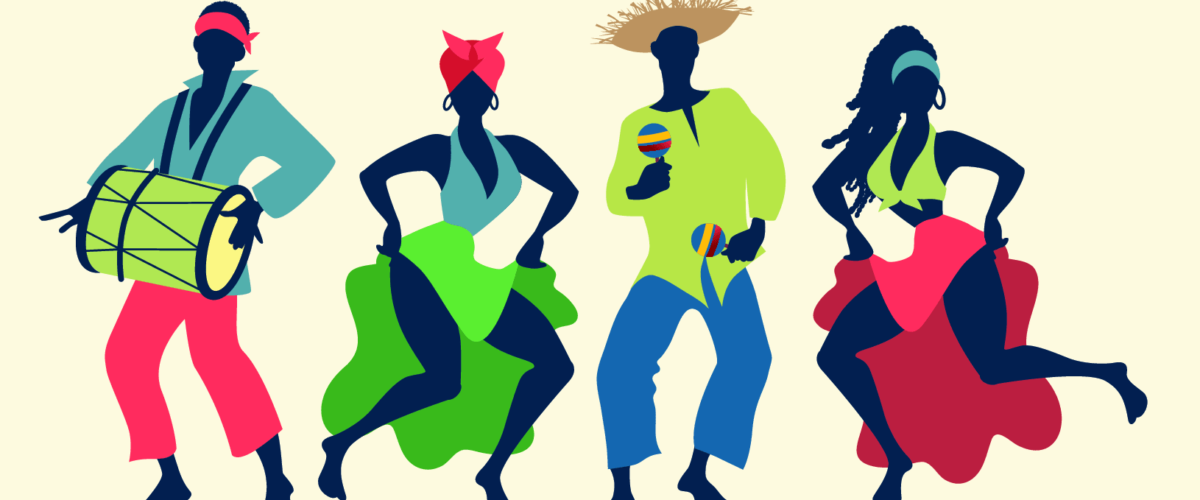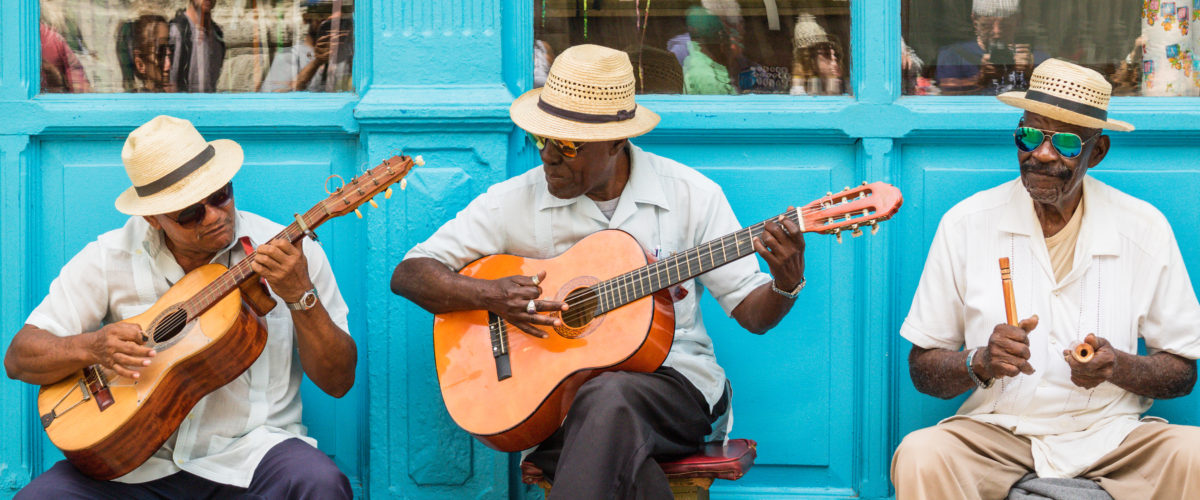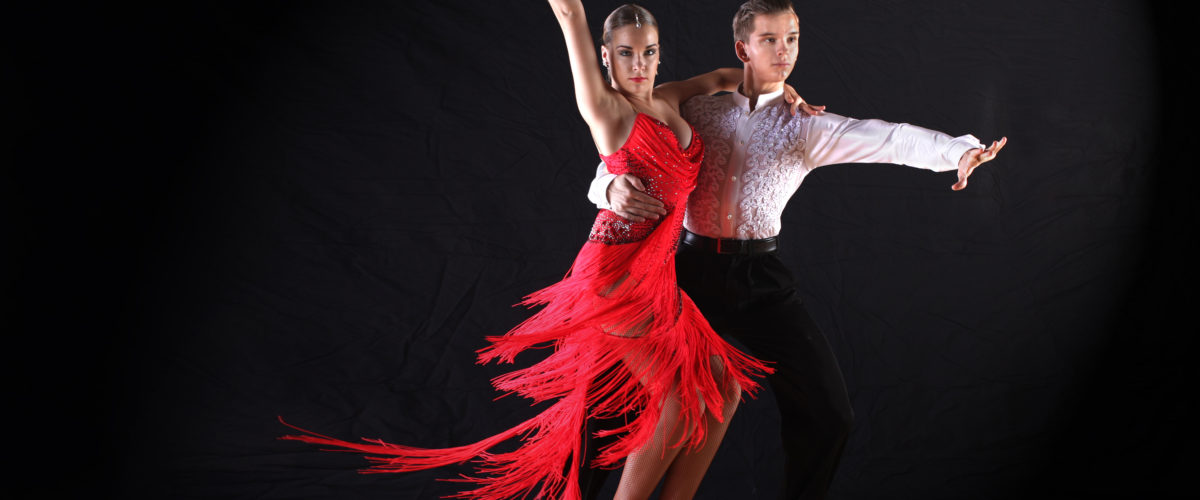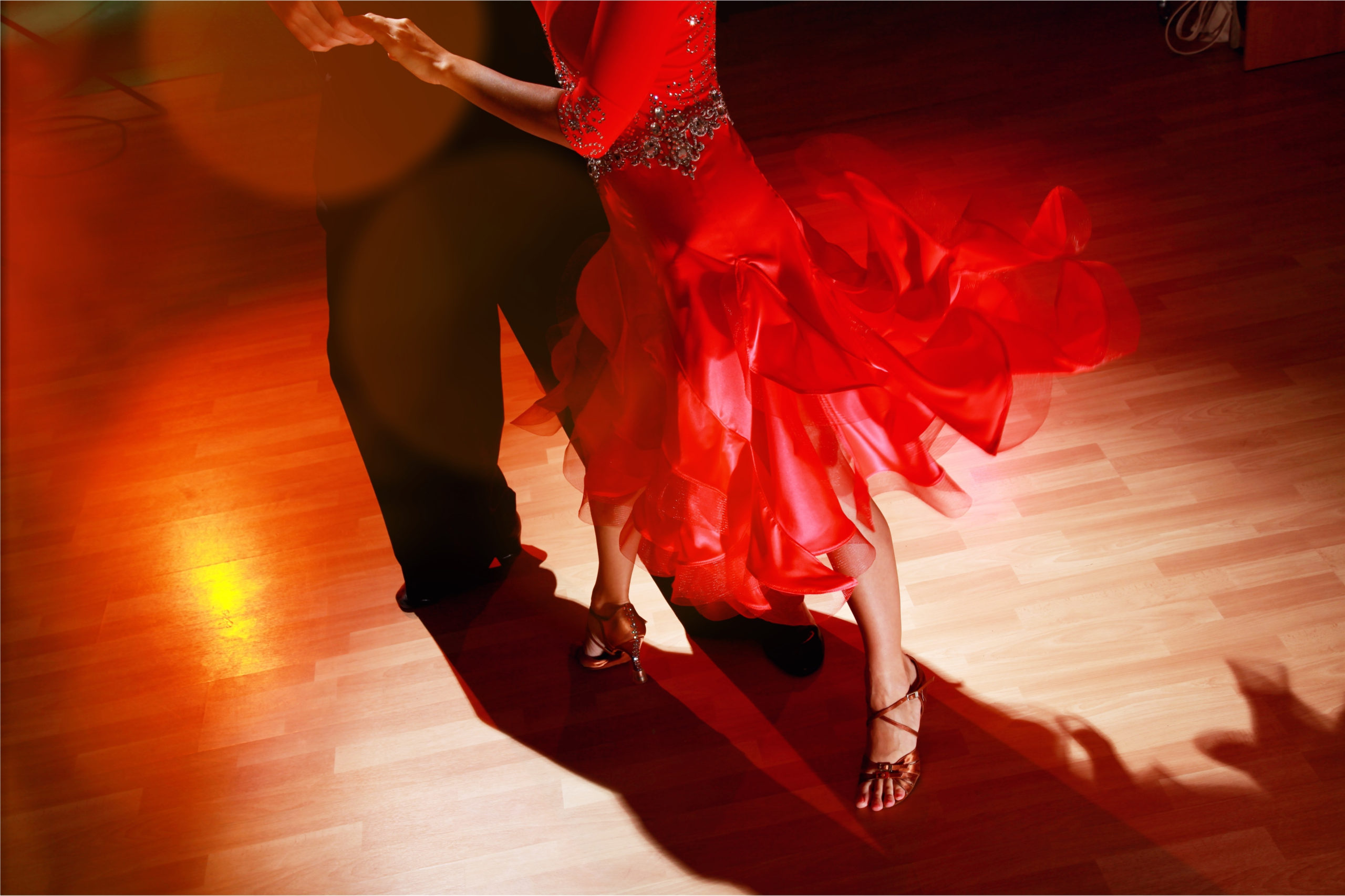With its captivating beat and exhilarating feelings, salsa is easy to learn yet challenging to master.
With deep roots in the Caribbean and Africa, salsa is one of the most widely-practiced dances in today’s worldwide dance scene. Afro-Cuban son, African American jazz, and musical tradition influenced Puerto Rican music in the 1960s. Throughout recent years, this dance has acquired popularity in Europe and Asia. Salsa is a popular Afro-Caribbean dance that is recognized and practiced worldwide, and it is easy to distinguish its various forms and variations. From salsa dance competitions to salsa seminars and salsa festivals, it is clear to assume that salsa is not going anywhere soon. As a result, these distinctions may be traced back to the local culture and behavior. Although there are several variations of salsa, the elements that have made this dance so popular worldwide remain constant. Although there are many other types of salsa out there, the most popular is Cuban salsa. There are also many more types, like Puerto Rican, New York-style, and Colombian salsa.
From a historical perspective, this article will examine the origins and development of this new musical genre and identify influential musicians who contributed to it.
Salsa’s Origins and Evolution

According to historical accounts, salsa was brought to Latin America by Africans who were transported to the region as slaves by the Spanish. Salsa’s popularity skyrocketed in the 1960s, and it soon became a worldwide phenomenon. Prior to spreading to other parts of the world, it was first launched in New York City. Due to the influence of several national rhythms on the salsa style, various styles including Cuban Salsa, Colombian Salsa, Mexican Salsa, and Puerto Rican Salsa were born as a result of this.
In the 1970s, radio stations in New York and Latin America began to play exclusively salsa music, catapulting the genre to new heights of popularity. Because these bands started recording salsa music, more and more people were able to buy and listen to it in their automobiles and at home. Despite the fact that this music was readily accessible in stores, well-known salsa musicians emerged, and they played an important part in popularizing salsa across the world. Today, salsa remains popular, and many individuals attend salsa dance groups.
Instrumentation

To make a well-rounded salsa, you’ll need a variety of instruments. Percussion is widely employed in salsa. Percussion is created when one object is struck, shaken, or rubbed against another. There are several instruments in the percussion ensemble: claves, cowbells, timbales, and congas.
The cowbell, also known as a cencerro, is made from hard metal and musicians commonly utilize cowbells to create heavy rhythms. To get the preferred sound, the musician must choose where to strike the instrument’s top or its edges. The metal-cased timbales, on the other hand, are a Cuban invention. In contrast to traditional drums, which have two heads, timbales have only one. The performer strikes the metal enclosure with a wooden or metal rod, which makes a sound. The sound of percussion is enhanced by the use of other instruments, such as trumpets and trombones. In recent years, guitars and keyboards have been introduced to salsa, giving it a more modern feel.
Salsa Techniques

Salsa music includes a wide range of musical styles. As a result, the song’s beginnings may be traced back to a synthesis of music from diverse places and civilizations. The traits stated below are shared by all salsa dance forms across the world. Dancing styles include various foot patterns, turns, partner holding positions, dance attitudes, and body movement styles. As a result, salsa style refers to any little changes in the body’s basic movement in salsa.
New York and Puerto Rico’s dance styles: The primary goal of this dance form is to create as much space as possible between the dancers. Depending on the dancer’s two partners, the isolation is determined by the efficacy of their body movements. Teachers that assist students in learning the basics of salsa love teaching it in the New York style, which has achieved worldwide acclaim.
Havana-inspired musical and dance forms: It’s known as ‘casino’ dancing in Cuba and Miami, and it’s extremely popular. However, several parts of Europe and China do participate in the dance. The leader, usually a man, moves forward in a forward motion, while the follower, usually a woman, moves backward in a five-six-seven-step backward motion.
Rueda-inspired style: This form of dancing has a lot in common with Cuban dances. Each pair alternates partners while dancing in a circle, and it may be a lot of fun. This type of music is frequently played at gatherings when the goal is to have a good time. Rueda dance has two distinct styles: one from Cuba and the other from Miami.
The World’s Best Salsa Performers

We’ve seen a number of outstanding salsa musicians develop throughout the years. Listed here are the names of the people they work with:
Ray Barreto: born in Puerto Rico in 1929, he was referred to as the ‘Father of Latin Jazz’ for his aesthetic expression.
Eddie Palmieri: for his work in the music industry, he received a Grammy nomination. Conjunto La Perfecta was the name of his band when salsa was first introduced to the US in the 1960s.
Celia Cruz: was a popular Cuban singer and songwriter. One of the best salsa singers of the 20th century, she recorded and published 23 albums. In recognition of her talent, she earned the title ‘Queen of Salsa’.
Salsa has a social voice but is commercialized now. The variety of salsa music and dance forms reflects the shifting cultural landscape. In the future, more salsa dancers from Africa and Europe will come, bringing a new flavor to salsa music. Salsa has progressed from a simple mashup to one of the greatest forms of dance music available today. Salsa dancing is an option for anybody looking for a fun date.
Photo:Billion Photos/Shutterstock
You might also like:
Sneak Peek into the Traveling Exhibition of The Science Behind Pixar
Support us!
All your donations will be used to pay the magazine’s journalists and to support the ongoing costs of maintaining the site.
Share this post
Interested in co-operating with us?
We are open to co-operation from writers and businesses alike. You can reach us on our email at [email protected]/[email protected] and we will get back to you as quick as we can.









